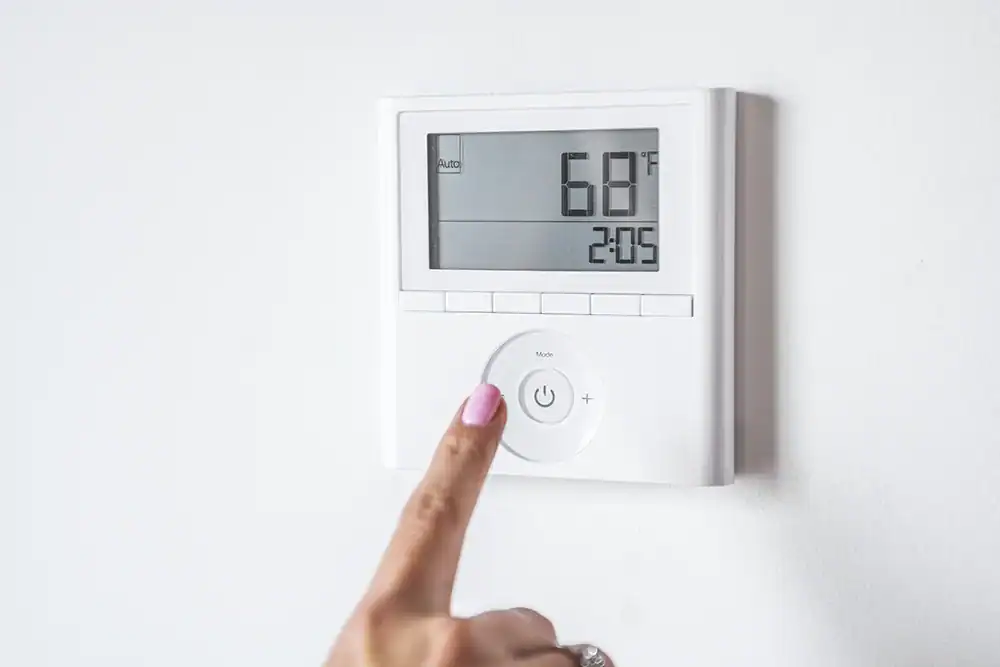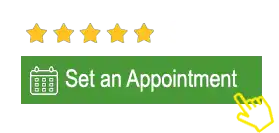Winter-Ready Homes in Greater Rochester, NY — A Practical Guide by Excellent Air Heating & Cooling
Why Rochester Winters Demand A Plan
Winters in Rochester are no joke—fast-moving fronts, lake-effect snow, and temperature swings that can go from slushy to subzero overnight. That volatility is tough on your heating system and your utility bills. The right setup isn’t just about comfort; it’s about resilience when the forecast gets “Rochester real.”
How cold stresses your HVAC system
Cold air is dense and dry. Your furnace or heat pump has to work harder to maintain temperature, while the dryness amplifies static shocks, sinus irritation, and gaps in trim that invite drafts. Translation: your system needs to be tuned, your airflow balanced, and your home sealed if you want steady warmth without sticker shock.
Start With a Pre-Season Heating Assessment
Safety-first inspection (CO, gas, electrical)
Before the brutal winters in Rochester flexes, ask a pro to test for carbon monoxide leaks, confirm gas pressure, and inspect electrical connections. Safety isn’t a “nice-to-have”; it’s step one.
Efficiency tune-up: the 12-point checklist
Excellent Air’s winter tune-up is built around three goals: reliable ignition, efficient combustion, and consistent airflow. Don’t be caught at the cold end of the Winters in Rochester NY.
Filters, burners, heat exchangers, and airflow
- Inspect/replace air filter and verify correct MERV rating
- Clean burners and flame sensor; confirm clean ignition
- Examine heat exchanger for cracks (CO risk)
- Measure static pressure and balance registers
Duct integrity, static pressure, and temperature rise
- Check duct leaks and crushed runs
- Confirm blower speeds and motor amp draw
- Verify temperature rise matches manufacturer specs
- Calibrate thermostat and test safety switches
Result: fewer surprises on the coldest day of the year.
Furnace vs. Heat Pump: Choosing What Works Here
High-efficiency gas furnaces (AFUE and sizing)
For Winters in Rochester, a properly sized, high-efficiency furnace (think variable-speed blower and two-stage or modulating gas valve) keeps heat even and bills manageable. Sizing matters—oversized furnaces short-cycle, waste fuel, and create hot-cold swings.
Cold-climate heat pumps and dual-fuel setups
Modern cold-climate heat pumps can deliver heat even in deep cold. Pair them with a gas furnace in a dual-fuel (hybrid) system: the heat pump handles shoulder seasons and moderate cold efficiently; the furnace steps in when temps plunge. You get comfort plus bills that don’t make you wince.
When hybrid systems save more in Rochester
If your home has good insulation and ductwork, hybrid shines. It optimizes by outdoor temperature, using the most economical heat source at any given moment.
Ductless Mini-Splits for Hard-to-Heat Spaces
Sunrooms, attics, basements, and additions
Winters in Rochester are famous for those “always chilly” rooms? Ductless mini-splits deliver targeted heat without tearing open walls for ducts. Ideal for finished basements, sunrooms, and garage conversions.
Zonal comfort and bill control
Heat only the spaces you use. Multi-zone setups let you keep bedrooms cooler at night and your main level cozy. Comfort up, energy waste down.
Thermostats and Smart Controls

Ideal winter set points and schedules
A simple, effective winter profile: 70–71°F when you’re home, 67–68°F when you’re sleeping, 62–65°F when you’re away. The key is consistency and gradual changes, not “yo-yo” adjustments that force your system to sprint.
Geofencing, learning modes, and alerts
Smart thermostats can pre-heat before you arrive, learn your patterns, and send alerts if temps drop unexpectedly—critical for preventing frozen pipes.
Air Quality in a Shut-In Season
Humidity sweet spot (30–45%)
Winter air is dry. Whole-home humidifiers help keep sinuses happy, reduce static, and even make the air feel warmer at lower set points.
Filtration (MERV) and whole-home purification
Match filter rating to your equipment (often MERV 8–11). For allergies or smoke, consider an upgraded media filter or an in-duct air purifier.
Ventilation without heat loss (ERV/HRV)
Energy-recovery ventilators bring in fresh air while conserving heat—a lifesaver for tightly sealed homes.
Insulation & Draft-Proofing: The Silent Multiplier
Attic first: R-values that matter
Heat rises—and escapes. If you do only one envelope upgrade, make it the attic. Proper R-value pays back fast.
Air sealing: doors, rim joists, and penetrations
Seal gaps around plumbing and wiring, weather-strip doors, and insulate rim joists. Small fixes, big comfort.
Preventative Maintenance Checklists
Monthly homeowner tasks
- Check/replace filters
- Vacuum return grilles
- Keep outdoor heat pump/mini-split units clear of snow and debris
- Visually inspect the condensate line and floor drains
What to log and when to call a pro
Keep a simple note on filter dates, odd noises, and any “cold rooms.” If you smell gas, see frequent short cycling, or can’t hold setpoint—call Excellent Air.
Emergency Preparedness
What to do if the heat goes out
- Check breaker, thermostat batteries, and filter first
- If you smell gas, leave immediately and call the utility
- Use space heaters safely (3-foot clearance, never unattended)
Frozen pipe prevention and thawing safely
Open cabinet doors for warm air, let faucets drip in deep freezes, and know where your main shutoff is. If a pipe freezes, thaw gently with warm air—never open flame.
Bills, Rebates, and ROI
Where efficiency really pays
Variable-speed furnaces, cold-climate heat pumps, and smart controls deliver savings that compound through Rochester’s long winter season. Pair equipment upgrades with insulation and air sealing for the biggest bang.
Financing and phased upgrades
Not ready for a full system swap? Sequence your improvements: (1) tune-up and sealing, (2) smart thermostat, (3) filtration/humidity, (4) equipment upgrade. Excellent Air can map a plan that fits your budget.
Preventing unplanned downtime
A maintenance agreement schedules inspections before peak loads—and gets you priority response when the weather turns.
Why Excellent Air?
Local techs, lake-effect tough
We live here, too. Our crews know Rochester’s microclimates and what it takes to keep homes comfortable when the snow bands park overhead.
Straight talk, clear pricing, on-time service
No jargon. No surprises. Just honest options, explained in plain English, and work that stands up to winter.
Action Plan: Two-Week Countdown to First Snow
Day-by-day prep schedule
Day 1–2: Schedule your tune-up; order filters.
Day 3–4: Seal gaps, weather-strip doors, test CO detectors.
Day 5–6: Program your thermostat; set alerts.
Day 7–8: Clear outdoor units; confirm drainage.
Day 9–10: Check attic insulation depth; add if needed.
Day 11–12: Review emergency kit (flashlights, batteries, blankets).
Day 13–14: Walk room-by-room for cold spots; note issues for Excellent Air.
Conclusion
Rochester’s winter doesn’t have to run your home—or your wallet. With a tuned system, a smart control strategy, and a few well-placed upgrades, you’ll ride out the deep freezes in comfort. Whether you need a quick check, a zoned mini-split, or a dual-fuel plan, Excellent Air Heating & Cooling is ready to get your home winter-ready—reliably, safely, and without drama.
FAQs
1) How often should I service my furnace in Rochester?
Once a year, ideally in early fall. Heavy winters justify a mid-season filter check, too.
2) Is a cold-climate heat pump worth it here?
Yes—especially paired with a gas furnace in a dual-fuel setup for sub-zero nights.
3) What thermostat settings save money without feeling cold?
Try 70–71°F when home, 67–68°F at night, and 62–65°F away. Let a smart stat handle the transitions.
4) My upstairs is colder than downstairs—what now?
You may need airflow balancing, duct sealing, or a zoned solution like a mini-split for that area.
5) What’s the fastest comfort upgrade on a budget?
Replace the filter, seal obvious drafts, and install a smart thermostat. Add attic insulation next for a big boost.





